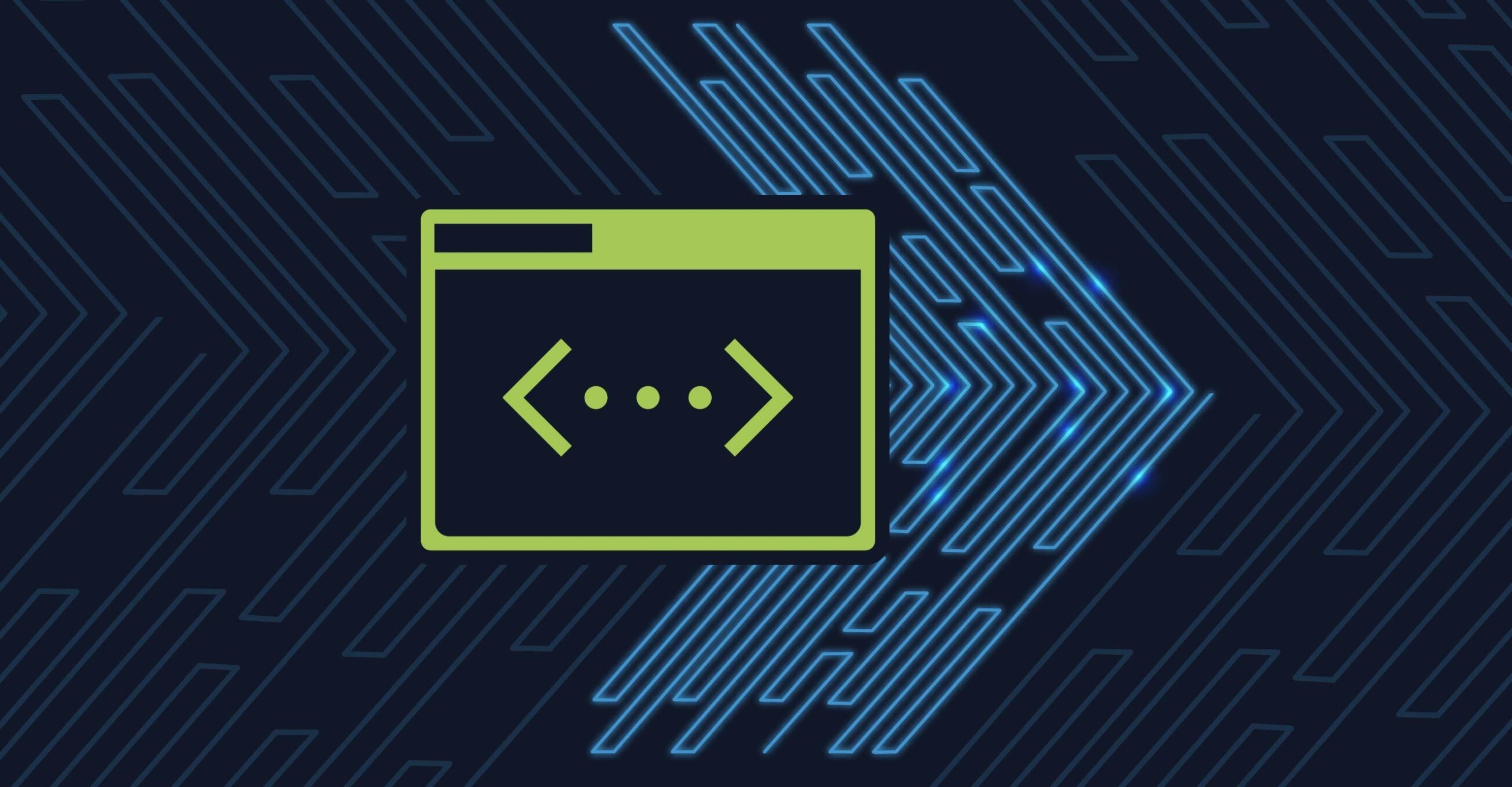In today’s environment, speed and efficiency are more important than ever for various organizations. For enterprise IT managers there has been a push to make their technology more effective for not only the current state of their organization, but for their organization’s future. Applications and services are increasingly complex and distributed, requiring connectivity and policy enforcement across multiple domains — such as Cloud, SD-WAN, Data Center, Wireless, and Network Applications. The management of these network concepts requires us to re-think how we have traditionally managed networks — and with that, enter the Application Programming Interface (API).
In the world of enterprise software, APIs are the intermediaries that allow two pieces of software to talk to each other. Similarly, in the world of Networking, APIs provide an efficient and abstracted interface into a complex system that can be used by other systems to build connections and automations. The Command Line Interface (CLI), a human-centered technology, still reigns supreme as the primary method for network management — but is unable to scale and keep pace with the rate of change. CLIs may have served the network well in the past, but tomorrow’s network requires the power of API-first automation. With this in mind, let’s dive deeper into why APIs are a necessity within today’s technology landscape.
Looking Ahead to API-First Automation
An API-first approach to automation provides a stark contrast with the very human, incredibly manual CLI approach. Automations using APIs can make hundreds or even thousands of network changes in a window of time versus the labor-intensive, highly manual CLI. APIs eliminate the network backlog of repetitive tasks, reducing the time to onboard a new service or application, and allow network teams to focus on more strategic, high-value work.
Bridging the Gap Between CLI and API
If organizations have already upgraded parts of their network infrastructure to modern, controller-based solutions, they probably already have an API for those systems and it’s probably being used by the web front-end. For example, if they recently deployed an SD-WAN infrastructure, the solution likely included a controller or director of some type that operates as a central management interface for the on-prem hardware and the network configuration. Odds are good this has a well-defined API available to be used in automation.
Similarly, other areas of a network may have orchestrators or controllers deployed with APIs. That’s great news, because as the network infrastructure is upgraded, APIs are already integrated into the new solution; in short, efficient API-first automation would be available to that organization now.
At the same time, many organizations still have varying amounts of legacy network infrastructure that have no API capabilities, yet this infrastructure provides functions that must be automated. Waiting for the next refresh cycle may be out of the question — these organizations have leveraged open source tools and scripts in an effort to help bring CLI-based automation into their workflow.
Evaluating Automation Platforms
As enterprise managers investigate how they can bring their existing scripts and automations into today’s world, they shouldn’t be held back by the lowest common denominators of their network or forced to wait until everything is modernized in order to start automating. Instead, they should evaluate platforms that can easily create APIs for these existing automations to start adopting an API-first approach to automation today, with a particular focus on those that:
- Connect Multiple Domains – Enable automation across multiple domains in support of use cases that span physical, virtual, private cloud, and public cloud environments.
- Utilize Existing Assets – Create powerful automation scenarios that combine existing automation assets (Ansible Playbooks, Python scripts, Terraform, etc.) and new API-first technologies for advanced capabilities, mitigating the need to rip-and-replace, start from scratch or learn proprietary tooling.
- Take Advantage of Low-Code Environments – Empower network engineers and other networking subject matter experts to quickly automate complex networking processes with little to no coding experience required.
- Encompass Rapid Integration Capabilities – Enable end users to easily integrate to commercial and in-house IT systems, controllers and orchestrators, configuration tools and custom-built scripts, eliminating the need for costly and time-consuming custom software development for integration.
There is no better time to re-evaluate the approach to digital transformation than now, and organizations need to look to start with the backbone of their technology, the network. By overlooking network automation and relying on CLIs while automating elsewhere, organizations are setting themselves up for more issues down the road. Automation in a complex system does not have to be a daunting task for organizations anymore; APIs allow teams to implement an efficient and abstracted interface easily and allow for seamless scalability as an organization grows and continues to automate.
To learn more about Itential’s API-first approach to automation, check out my last blog on how on evolve from CLI to API-based network automation. You can also watch our Itential Academy session, “How to Bridge the Gap Between CLI & API for Network Automation & Orchestration” to see firsthand how an API-First approach can transform your organization’s ability to automate across multiple groups, IT domains, and network infrastructure.





